
Ched Grant Project
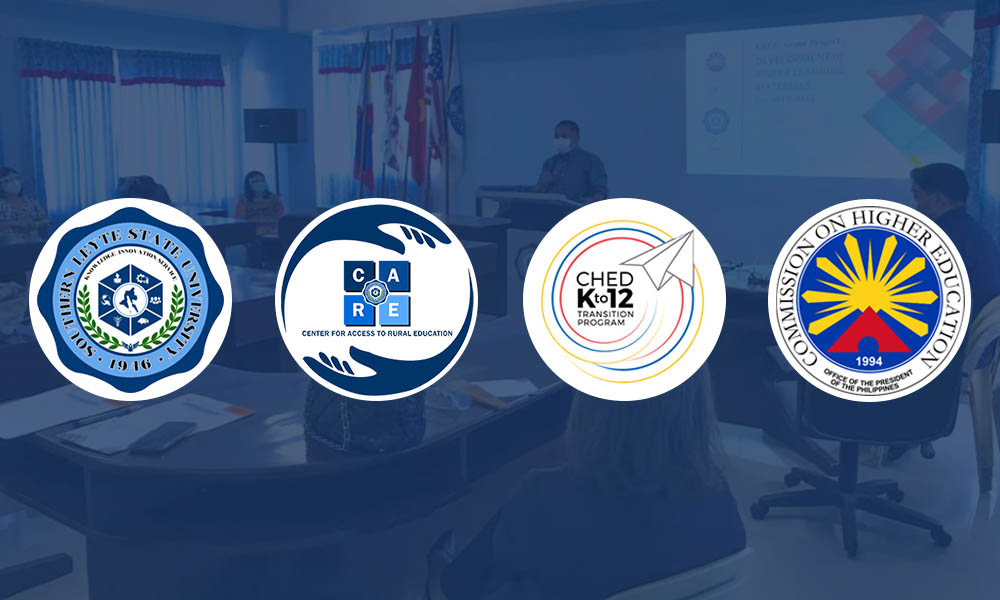
Development of Bisaya Learning Materials for Mother Tongue-Based Multilingual Education
Project Summary
The implementation of the MTB-MLE in the Department of Education ushered in the demand for documentation and descriptions of minor and indigenous languages of the Philippines. One of the minor languages is the Southern Leyte variety of Bisaya, one of the principal regional languages. Among the varieties of the Bisaya language, only the Sinugbuanong Binisaya has existent publication circulated within and beyond the Bisaya-speaking regions. Thus, the Southern Leyte schools are using Sinugbuanong Binisaya in their MTB-MLE classes due to the absence of reference materials and basis for the use of their mother tongue or L1 for the teaching-learning processes. Malone (2012) pointed out that multiple languages with multiple dialects, absence of concrete orthographies, shortage of materials, and scarcity of written literature are among the top challenges encountered in the teaching-learning processes.
Rationale
The situation discussed above situates the focus of this project with research activities that will involve collection through oral recordings of the language in use by the speakers, and collection of oral folk literature of the Southern Leyteños. The language documentation studies, will serve as the basis of the writing system (orthography), phonological, lexical, and grammatical descriptions to be used in the materials development. The collection of oral literatures will be used as content materials for the literature books and story books to be developed.
This research project aims to document the Southern Leyte language specifically its phonological, lexical, and grammatical elements that could be useful in MTB- based instruction and instructional delivery both in the Higher Education and in the Basic education. Further, this will also engage in collection and documentation of oral literatures/folklores.
Review of Related Literature and Studies
The province of Southern Leyte is one of the six provinces of Region VIII (Eastern Visayas), located at the southernmost tip of the island of Leyte. It is bounded on the north by Leyte, on the east by the Pacific Ocean, on the south by Mindanao Sea, and on the West by the Visayas Sea and the Canigao Channel. The province is composed of 500 barangays spread in 18 municipalities and one city, with an estimated land area of 172, 920 hectares. Southern Leyte ranks as the second least populated in the region having a population of 421, 750 based on the 2015 census. Its capital is the City of Maasin where the seat of the Provincial Governor is located. Southern Leyte (specifically, the island municipality of Limasawa), as the site of the first Christian Mass in the Far East, holds an important place in the Philippine history as the cradle of Catholicism in the country. The province spoken language is Cebuano language.
Abella et al. (n.d.) stated that Cebuano (or Sugbuhanon) is a Philippine language spoken in the provinces of Cebu, Negros, Bohol, some parts of Leyte and Samar, and in Mindanao. As of the year 2000 census of Ethnologue, it has an estimated 16 million speakers in the Philippines and in other countries, and is the most widely spoken Visayan language. Among the dialects of Cebuano is Kana, spoken in parts of Southern Leyte. The dialect is said to be a combination of Cebuano and Boholano, and is characterized by the frequent use of the expression kana that and by the presence of the [ʤ] sound.
The Bisayan subgroup is a member of the Malayo-Polynesian group of languages. It is closely related to Tagalog, Bicol, Maranao, Joloano and some of the other languages of Mindanao and other parts of the Philippines. It is spoken in the Central and southern Philippines. There are three main languages within the Bisayan subgroup: Hiligaynon (Ilonggo); Samareño (Waray-Waray); and Cebuano (Wolff, 1962).
According to Anavesa (2004), within the Cebuano area, there are strong dialectical variations. One of which is the dialect, Southern Leyteños call, Bisaja.
Here is one very popular expression in Bisaja:
“Ajáw gajud nínju ibalígja ag kabájuʔ nga puti’g tiján, kadtúng gipagujud-gujud ug pajág kay mahál bajáʔ gajúd kaúju tu; Ug diʔ mu mamatí, Ninja ra gajuy mupatay ninju!” (“Don’t ever sell the horse with the white belly, the one that has been dragging a coach/carriage for it was truly very expensive. If you would not listen, a Ninja will kill you!”)
It is spoken by 19% of the population in 1948, 21% in 1960, 23% in 1975, 28% in 1990, and 29.29% in 1995. The speakers number from 15 to 20 million. The 2000 census is subject to debates because new categories were included, separating Boholano and Binisaya/Bisaya from Cebuano, making them distinct languages. 13% (10,030,667) speak Cebuano, 8% (5,778,435) Binisaya/Bisaya and 2% (1,837,361) Boholano which when taken together would comprise 23% of the population. Cebuano has more native speakers than Tagalog but Tagalog has more speakers, most of them are second-language learners (Endriga, 2009).
Non-Bisaja speakers call our dialect in different names. Wolff (1962) and Endriga (2009) simply call it Cebuano; Zorc (1977) labels it as Binisayaʔ; Abella, et al. (n.d) and Rosero (2014) name it Kana; Bisaja (Galdo and Serdan, 2017); and Lobel (2013) calls it Cebuano Southern Leyte. However, Southern Leyteños (the speakers themselves) would like to call it Bisaja [bIsaʤáɁ] because this dialect is characterized by the frequent use of the alveo-palatal affricate [ʤ] sound in oral discourse.
In the context of K to 12 curriculum in the province of Southern Leyte, there are concerns about the use of the teaching of mother tongue instruction like the provision of learner support materials, class size, shortages of suitably qualified teachers, preparation, and adequate training (Dio & Jamora, 2014; Gacheche, 2010; Singh, 2014; Wa-Mbaleka, 2014). Some argue that children may not understand some of the phrases used because they are different from what is utilized in the child’s community (Hasselbring & Phil, n.d.). Others complain of the undesirability of mother tongue utilization in some situations (Fóris-Ferenczi & Bakk-Miklósi, 2011; Sanchez, 2013) like affording little time to mother tongue; when it is already a declining language. Additionally, there is a haphazard implementation (Obiero, 2010) and the belief that English is the superior language (Khosa, 2012; Mahboob & Cruz, 2013) because there are concerns that it may impair the quality of English (Jha, 2013).
In the study conducted by Medilo (2016), the emerging challenges of Southern Leyte MTBMLE implementers are the following: (1) use of more than one vernacular as a medium of instruction in communication development, (2) commitment to being globally competitive, (3) limited applicability due to the superiority of English and inadequate materials, (4) burden caused by the complexity of the vernacular, and (5) optimism in accepting the responsibility.
Thus, this research project will commence with language documentation and collection of oral folk literature of the Southern Leyte. The language documentation studies will serve as the basis of the writing (orthography), lexical, grammatical and semantic systems to be used in the materials development, while the collection of oral literatures will be used as major source of content materials for the development of the target learning materials. Moreover, oral literature will serve as the foundation for the creation of storybooks, audio materials, and anthology of the oral/folklore of Southern Leyte.
Framework
The development of MTB-based learning material will involve two research activities: The language Description or Documentation of the Southern Leyte Bisaya and the collection and documentation of Southern Leyte Oral Literature. The studies on language documentation will include the description of the language’s writing system; lexical system; syntactic-semantic system of the language. These will be collected through the adoption and adaption of the Language Documentation and Description corpora design of Leupke (2009). On the other hand, the research activity on collection and documentation of oral literature of Southern Leyte will be conducted audio recordings and transcriptions of oral narratives to be generated from the community folks. Results of these studies will be used as bases for the linguistic features and for the content or substance of the MTB- based learning materials to be developed. The figure 1 presents the inter-connectedness of the research and development activities.

The development of research-based MTB learning materials is initiated to respond to the observed and expressed need of both teachers and students in the context of learning in the MTB-MLE classrooms. At this present time, the need for MTB materials which are contextualized is high; in fact, in Southern Leyte, there is a dearth of resources of this kind; thus, DepEd materials for MTB-MLE is using the Sinugbuanong Bisaya due to the absence of published books and literatures on the matter. The language studies would generate a large corpora of the Southern Leyte Bisaya gathered through audio-recordings of conversations between and among speakers across ages in the different domains, which will then be transcribed.
The success of this research is ensured by committed researchers who share the same passion of generating language and literature materials not only for instruction purposes but also for preserving their tangible and intangible local cultural heritage. These researchers are strongly supported by the university through its Center for Access to Rural Education (CARE). Moreover, researchers’ commitment is coupled with competence. The researchers involved in this project are having specializations in their master’s and doctorate degrees along the fields of linguistics, literature, and language teaching, and best of all, these researchers are experts of the language to be studied because all of them are native speaker and permanent residents in the area of study since childhood. Other than the researchers’ competence, commitment, and institutional support, the availability of softwares for voluminous linguistic data could likewise ensure the success of the project.
References
Abella, Andrea Genalin et al. Kana Grammar Sketch. Manuscript.
Anavesa, Joseph M. An Analysis of the Verbal Affixes of Bisaja Variety of Cebuano. University of the Philippines – Diliman Department of Linguistics, 2018.
Bernales, R. Sining ng Pakikipagtalastasan (Pandalubhasaan), Mega-Jesta Print INC. Mutya Printing House, 2007.
Endriga, Divine Angeli P. The Dialectology of Cebuano: Bohol, Cebu and Davao. University of the Philippines – Diliman Department of Linguistics, 2009.
Galdo, Mark B. & Serdan, Geraldine A. The Paradox of School Language and Home Language in the Philippine MTB-MLE Context. Cebu Normal University Departamento ng Wika at Panitikang Filipino, 2018.
Kinzler, K., et al. The Native Language of Social Cognition. Proceedings of the National Academy of Sciences of the United States of America 104, 12577–80, 2007.
Lobel, Jason William. Southwest Sabah Revisited. Oceanic Linguistics, Volume 52, No. 1, 2013. P. 36-68
Malone, Susan E., Ph.D. (2012). SIL International, Mother tongue-based multilingual education current challenges and some strategies for moving forward, Multilingual Education Conference Jomo Kenyatta University, Nairobi, Kenya, 22-23 July 2010
Mayhew, Susan. Oxford University Press and Reference Online. Oxford University Press. Dartmouth College. 2 December 2011
www.oxfordreference.com
Medilo, Constantino G. (2016). The Experience of Mother Tongue-Based Multilingual Education Teachers in Southern Leyte, Philippines. International Forum. Vol. 19, No. 2. pp. 64-79
Padrinao, J. M. Pananaliksik sa wikang Cebuano at wikang Ilokano. 2015.
https://www.academia.edu
Passion, R. Morpolohikal na Varyasyon Sawikang Mandaya ng Davao Oriental. Asia Pacific Journal of Education, Arts and Sciences, Vol. 1, No. 5, 2014.
Rosero, Michael Wilson I. A Grammatical Sketch of Masbatenyo. Ungergrad Thesis. UP Diliman, Quezon City, 2014.
Rubino, Carl. Utudnon : An Undescribed Language of Leyte sa Current Issues in Philippine Linguistics and Anthropology: Parangal kay Lawrence A. Reid, Manila: LSP and SIL, 2005. p. 306 – 337
Sanlipi, R. Wikang Filipino. 2013.
http://rcgauuan1985.blogspot.com/ 2013/11/linggwistika_2036.html.
Wardhaugh, R. Language, Dialects and Varieties. An Introduction to Sociolinguistics 2nd Ed. USA: Blackwell Oxford UK and Cambridge, 1993.
Wolff, John U. A Description of Cebuano Visayan Part II. Cebu City, 1962. Zorc, David R. The Bisayan Dialects of the Philippines: Sub-grouping and reconstruction. Michigan: Ann Arbor, 1977.
Activities
1 Year Work Plan, CHEd – Grant Project: Development of Bisaya Learning Materials for MTB-MLE
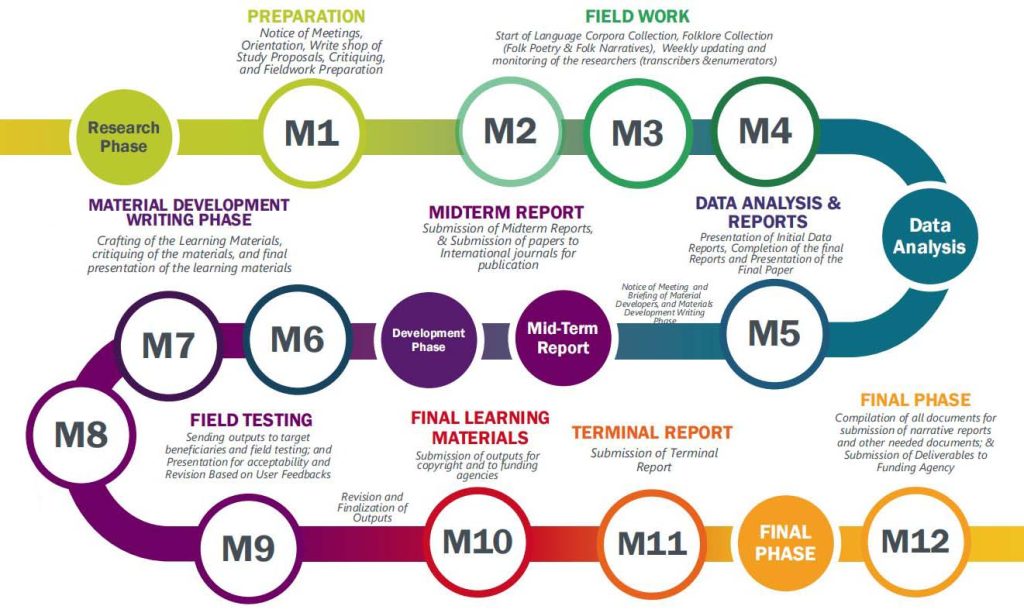
Projects
Development of Bisaya Learning Materials for Mother Tongue Based Multi-lingual Education
[blocksy_posts post_ids=”635,702,699″ limit=”3″ has_pagination=”no” order=”ASC”]
People Behind
People Involved in CHED Grant Project – Development of Bisaya Learning Materials for Mother Tongue Based Multi-lingual Education.
Core Faculty
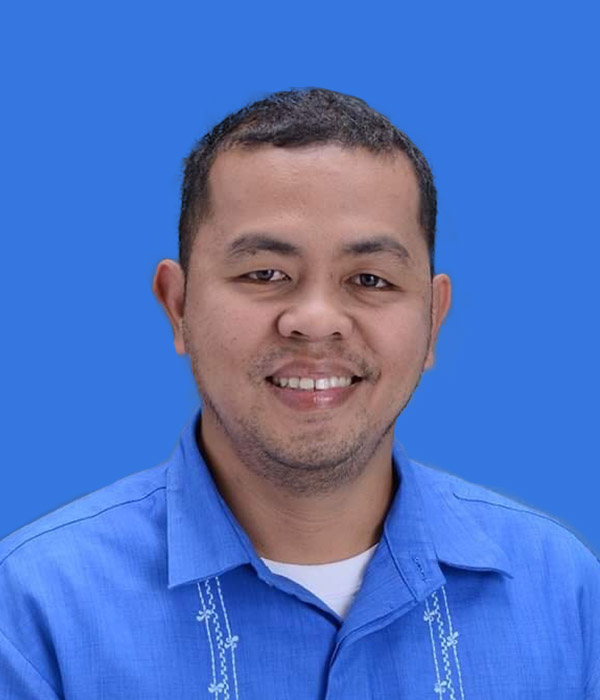
Max Teody T. Quimilat
Core FacultyRIC Director, CARE
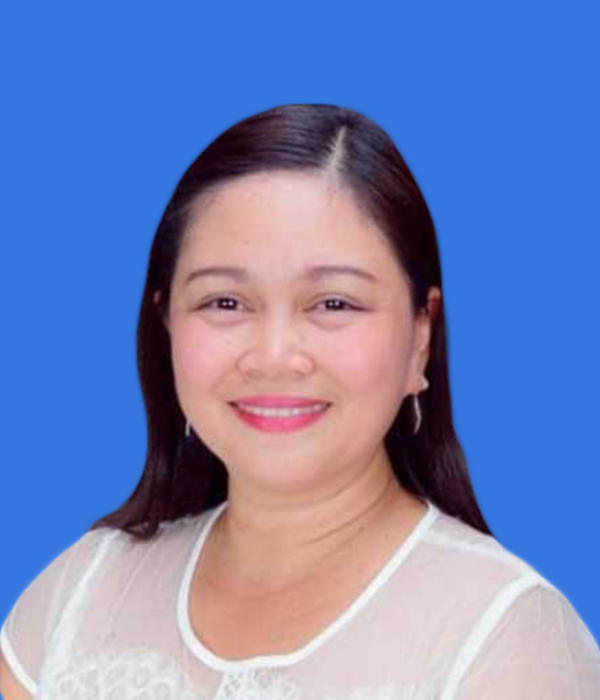
Erlinda D. Tibus
Core FacultyDivision Head,
Mainstreaming Education
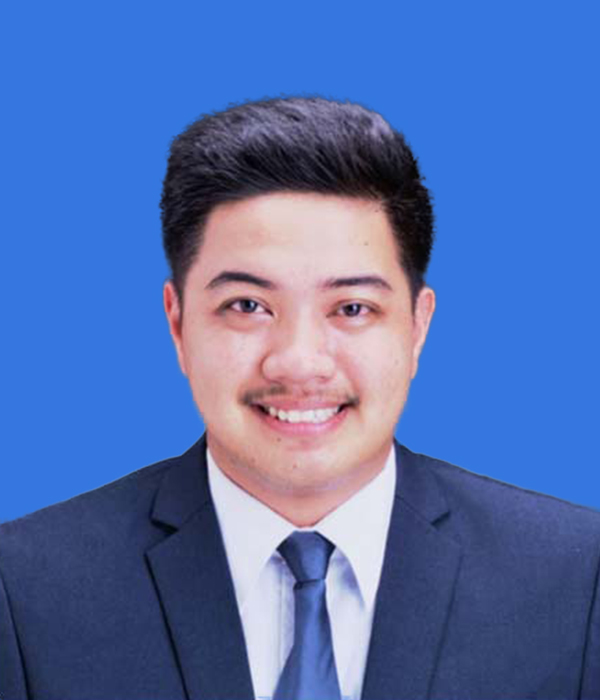
Mark B. Galdo
Core FacultyDivision Head,
Cultural Contextualization
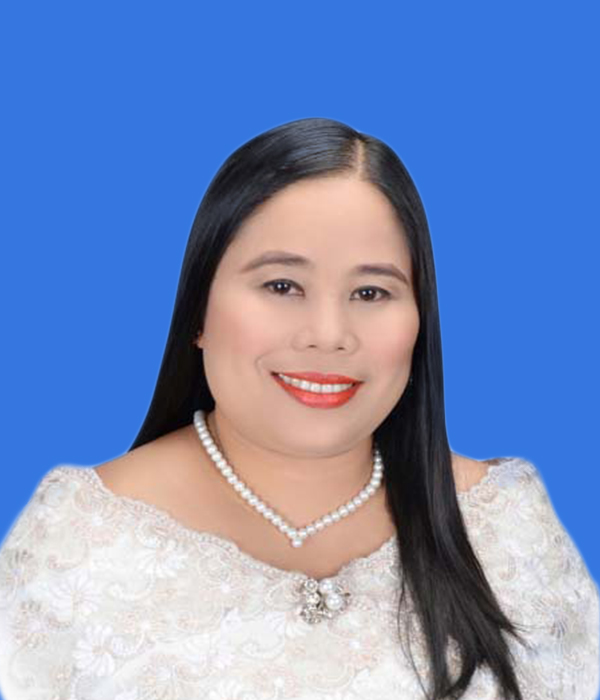
Hermabeth O. Bendulo
Core FacultyDivision Head,
Technology Incubation & Innovation
Affiliate Faculty
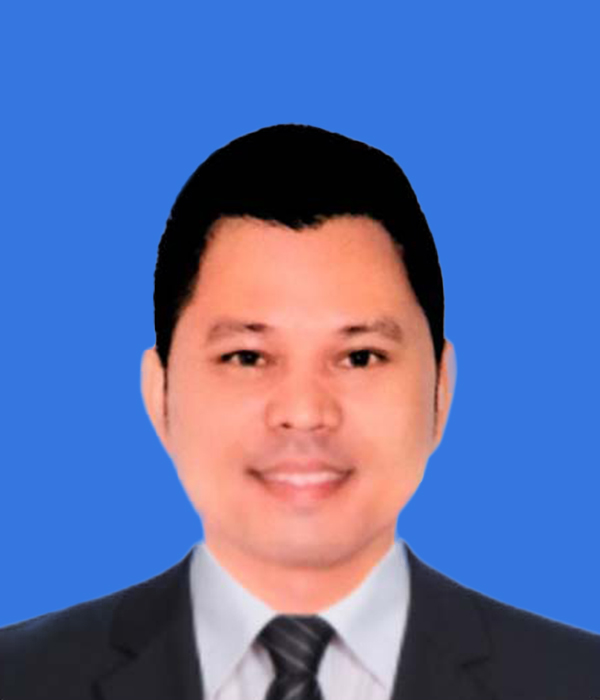
Joseph M. Añavesa
Affiliate Faculty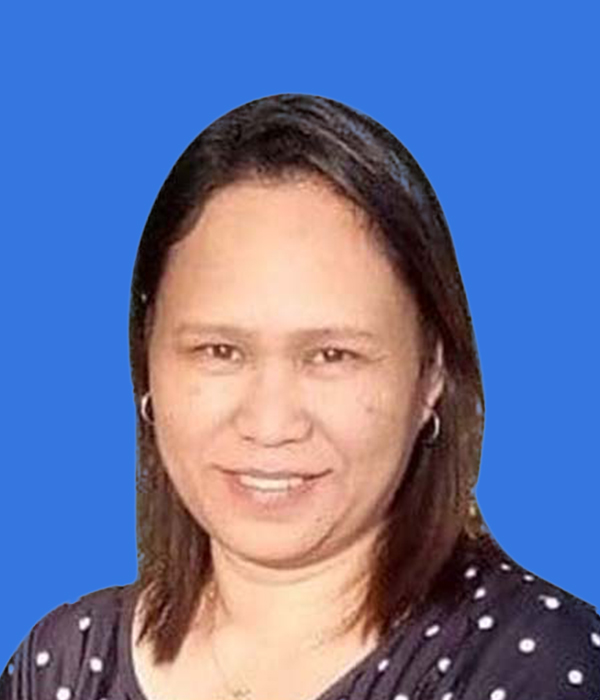
Ginalyn B. Carbonilla
Affiliate Faculty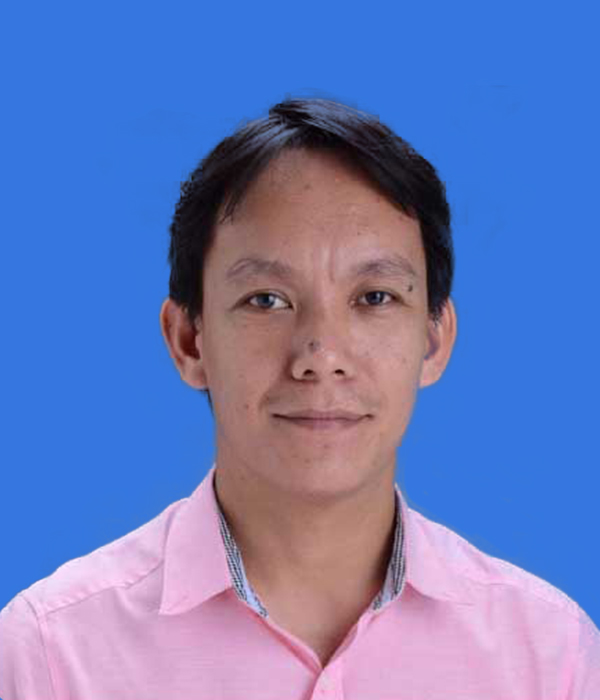
Enrique Balili Jr.
Affiliate Faculty
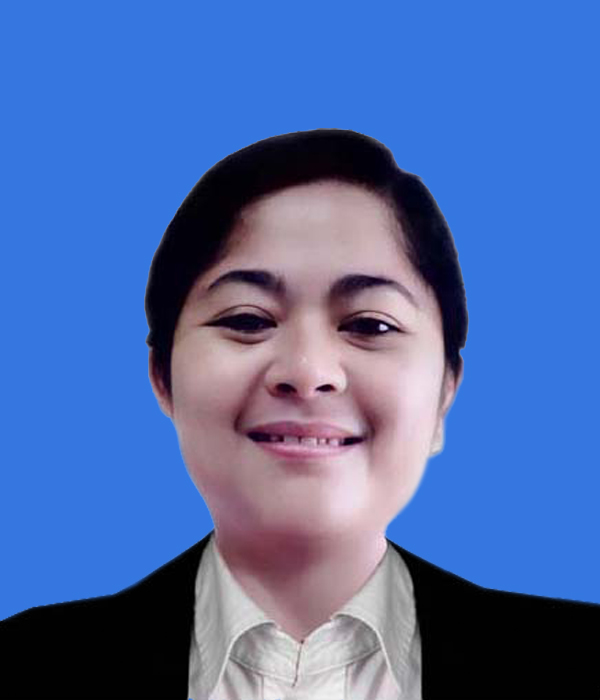
Riza L. Lacerna
Affiliate Faculty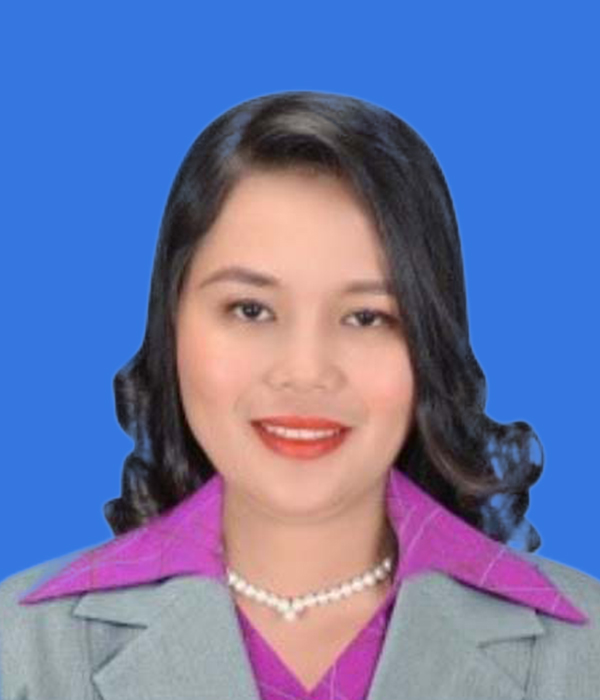
Norlyn L. Borong
Affiliate Faculty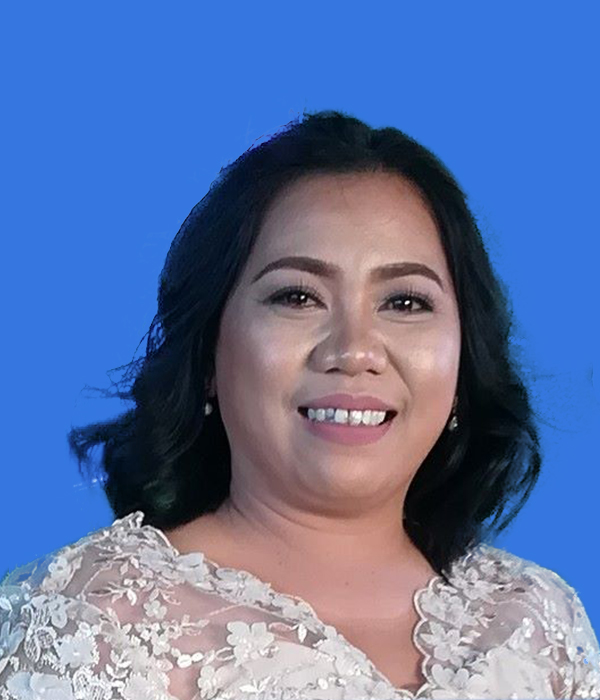
Karen Molina
Affiliate Faculty
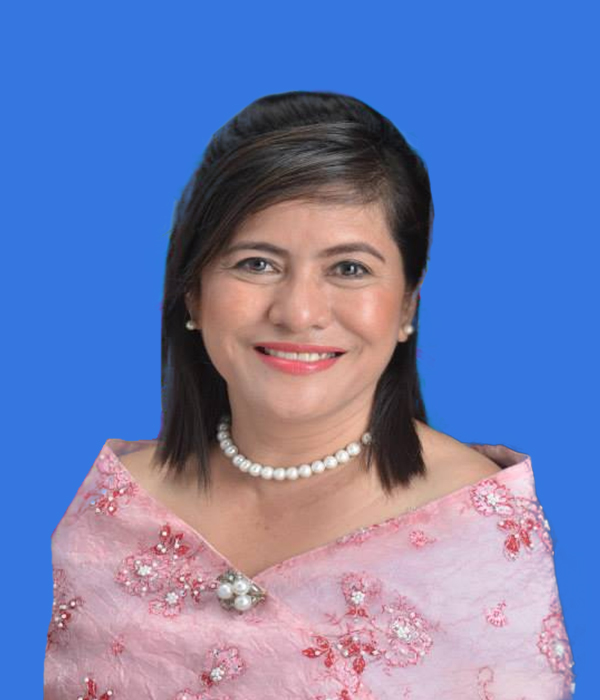
Stella Marie Consul
Affiliate Faculty
Claire Goda
Affiliate Faculty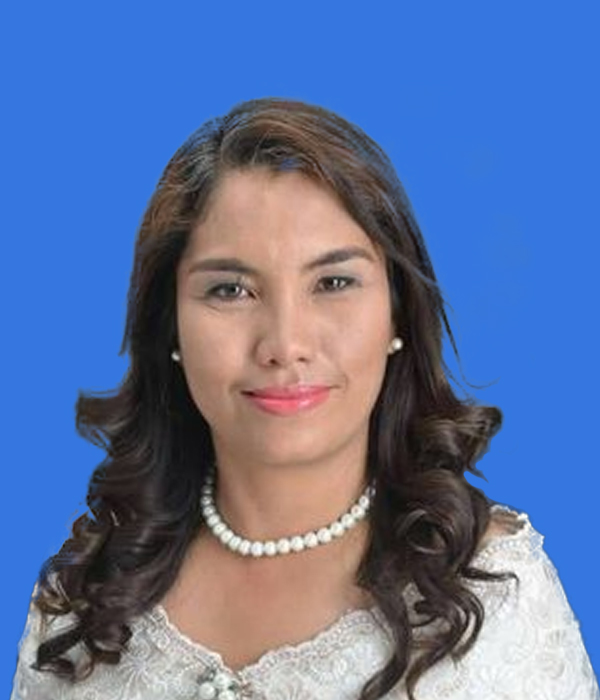
Leslie Elisa Cobilla
Affiliate Faculty
Experts

Dr. Voltaire A. Oyzon
Expert
Dr. Edwin A. Pilapil
Expert
Dr. Zona Hildegarde Amper
Expert
Support Staff

Jeneises Jorban
Enumerator
Karen Liberato
Enumerator and Copy Reader
Grace Clavido
Enumerator and Research Assistant
Mary Ann Rey
Enumerator
Maricel Aboyva
Enumerator
Rayjan Duhaylungsod
Enumerator
Neil Jamora
Enumerator
Crysselle Aica Ochaque
Enumerator
Jercel Palermo
Enumerator
Genalyn Labastida
Enumerator
Daisy Rose Sanoria
Enumerator
Patricia Ann Bernales
Enumerator
Kit Donald Mibulos
Field Transcriber
Giecel Vicera
Field Transcriber
Friendo Boyette Sacro
Field Transcriber and Dev Team Assistant
Chamonile Anciano
Field Transcriber
Maria Giselle Sumaya
Field Transcriber
Abegail Cuares
Field Transcriber
Valle Rey Molar
Field Transcriber
Jhean Nares
Field Transcriber
Jayson Lunzaga
Field Transcriber and Lay Out Artist
Divino Antonio Alaras
Field Transcriber
Patricia Ann Bernales
Field Transcriber
Jayvon Satur
Field Transcriber
Carlota Albracin
Lay Out Artist
Kathlen Camille Ortiz
Dev Team Assistant
John Matthew B. Miole
Research Assistant
